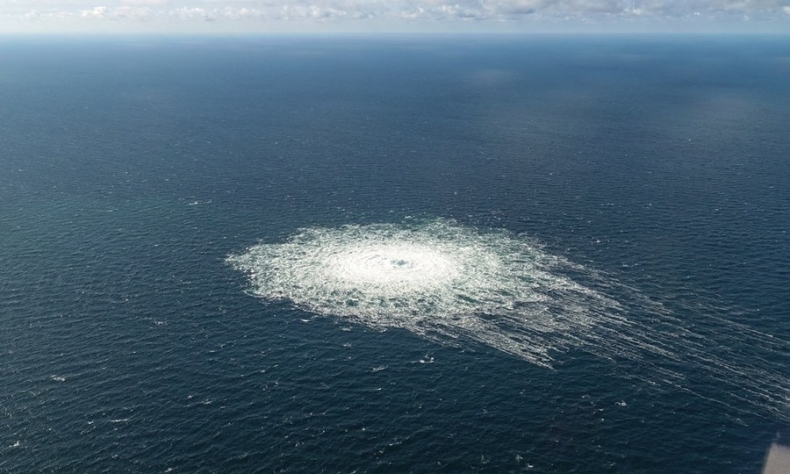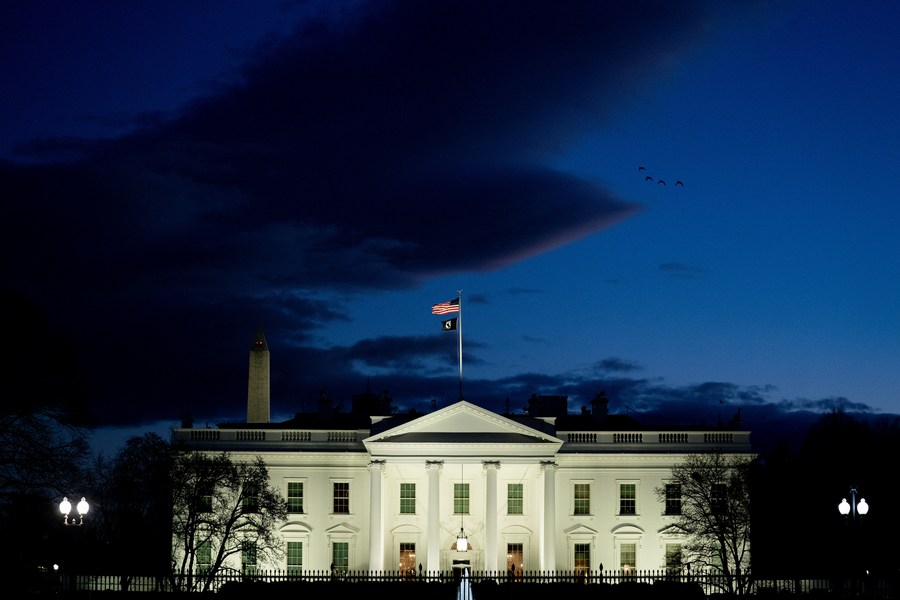Who Is Behind the Nord Stream Blasts?

If it turns out that the U.S. did indeed play a part in the pipeline breaks, then its European allies will have to ask themselves: As far as the U.S. is concerned, are we allies or pawns?
Four months after a series of explosions damaged three of the four offshore lines of the Nord Stream 1 and 2 natural gas pipelines, it remains unclear if the pipe’s operating consortia or Russia’s Gazprom, a Russian majority state-owned multinational energy corporation, will ever repair the lines. What also remains unclear is who actually was the driving force behind the blasts.
On September 26, 2022, the Nord Stream pipelines, connecting Russia to Germany, exploded almost simultaneously. At that time, the U.S. and its allies took the lead in launching a wave of public opinion offensives, claiming Russian warships had been near the scene and implying that Russia had blown up its own facilities. But according to Pulitzer Prize-winning American investigative journalist Seymour Hersh’s investigative report released on February 8, as early as late 2021, mere months before the outbreak of the conflict between Russia and Ukraine, the U.S. had already begun discussing the destruction of the Nord Stream pipelines. It was a special operation under the direct orders of President Joe Biden himself and executed by the U.S. Navy, with the cooperation of the Norwegian military.
With such a highly classified plan, Hersh’s report, based on a single anonymous source, has not been picked up widely by the West’s mainstream media. Nevertheless, Russia had no need to blow up the pipelines when the valves for transporting natural gas are in its own hands. Especially with winter approaching in the northern hemisphere, Russia could have continued to use the Nord Stream pipelines as a bargaining chip with the EU.
It’s hard not to be suspicious of the U.S., given its opposition to the construction of Nord Stream pipelines in the first place. Russia accounts for 25 percent of the world’s proven reserves, ranking first in the world. Before the Russia-Ukraine conflict, Russian gas delivered to Europe by pipeline was more than 30 percent less expensive than liquefied natural gas transported by cargo ships from the U.S. or Middle East.

The Nord Stream 1 project, launched in 2011, has an annual capacity of 55 billion cubic meters. The construction of Nord Stream 2, which runs parallel to Nord Stream 1, had been completed as of late 2021, and would have supplied an additional 55 billion cubic meters of cheap natural gas to the EU each year. As the U.S. technical strength in shale oil and gas saw an upward trend over the past few years, it has overtaken Russia as the world’s largest gas producer and as a competitor in the international energy market. It’s safe to assume the U.S. does not want to see Russia increase its share in the European gas market.
Beginning with Donald Trump’s presidency, Washington had continued to put pressure on Germany over the Nord Stream project and tried to interfere with the project at every turn. Beyond economic interests, the U.S. seems to be more concerned about the decline of its global hegemony. One of the main reasons why its European allies closely followed the U.S. since the end of World War II was a deep fear of the Soviet Union.
Russia, which inherited a major part of the Soviet legacy, actively tried to integrate into the Western world for a long time and had achieved a highly complementary and interdependent economic relationship with the EU. If both sides had continued this economic contact, their mutual political trust would have likely been strengthened and the EU and the U.S. might have become estranged.
Blowing up the Nord Stream pipelines is widely suspected to have served the American interest, namely, forcing its European allies to break their energy dependence on Russia and strengthen their ties with the U.S.
If it turns out that the U.S. did indeed play a part in the pipeline breaks, then its European allies will have to ask themselves: As far as the U.S. is concerned, are we allies or pawns?
 Facebook
Facebook
 Twitter
Twitter
 Linkedin
Linkedin
 Google +
Google +










